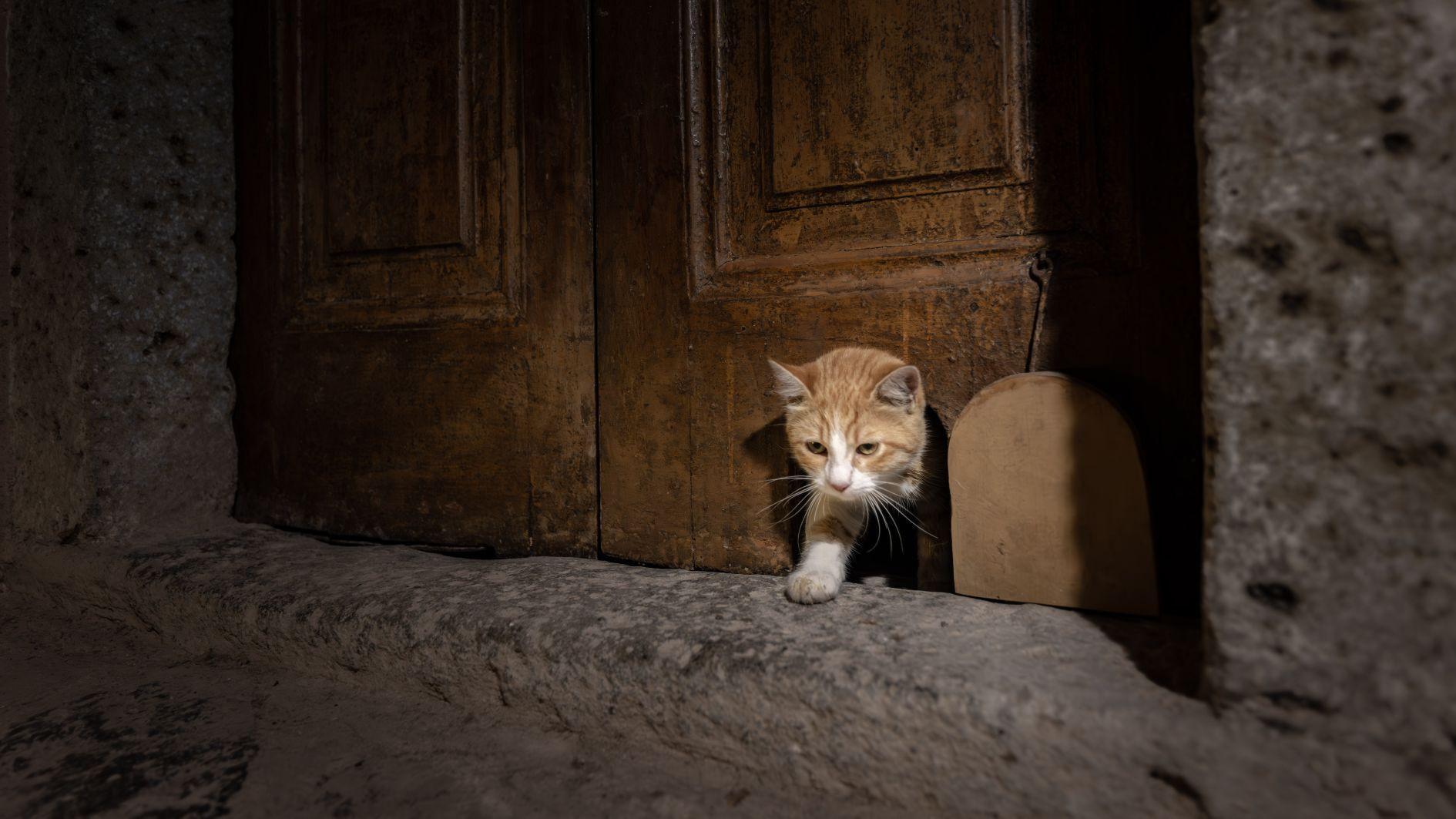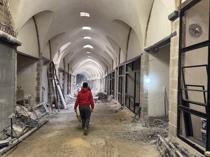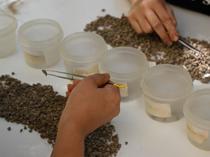Topkapı Palace’s cat door reopens
ISTANBUL

The historic cat door in Topkapı Palace’s Harem, within the Karaağalar Ward and built during the Ottoman era to let palace cats roam freely, has been revived through restoration.
Feline "Şerbet," granddaughter of "Mülayim" — who vanished three years ago — along with other resident cats, is now passing through it once more.
Restoration work on the door, carried out in accordance with its original design, has been completed. This historic passage, a part of palace life for centuries, has reached the present day as a symbol of the Ottomans’ compassion toward pets.
Located in a section of the Harem where high-ranking attendants such as the Darüssaade Ağaları once worked, the small door is in the part of the Karaağalar Ward that these senior officials used, and the cats followed them into these rooms. With the completion of the restoration, the quiet footsteps of the cats have once again echoed through the palace’s historic atmosphere.
The cats, silent witnesses of the palace for centuries, continue to roam the Harem’s stone floors and move through the small door to different corners of the palace, just as they did long ago. After restoration, Şerbet, the granddaughter of Mülayim, who lived in the palace for many years but was considered missing for three, along with other cats, has revived the historic passage, connecting the past with the present.
This detail, hidden within the Harem’s elegant architecture, illustrates the care given to animals in the Ottoman period, drawing attention as a living part of Topkapı Palace’s history.
The Karaağalar Ward, now open to visitors following the completion of conservation and furnishing processes in the Harem-i Hümayun, served as the living quarters for the “karaağalar,” attendants responsible for the safety of the sultan and his family. The restoration of this hidden area of Topkapı Palace took more than ten years.
Speaking to the state-run Anadolu Agency about the history and restoration of the palace’s cat door, Topkapı Palace Department Head İlhan Kocaman noted that the Karaağalar Ward has a significant place in the social and daily life of the palace.
Kocaman explained that the Karaağalar were part of the palace staff and attendants. “Female attendants were called cariye and male attendants were known as Karaağalar or Zülüflü Baltacılar. The Karaağalar practice, also seen in different societies during the Ottoman period, continued in the Topkapı Palace. It functioned as a lasting service unit,” he said.
Kocaman added that when the Directorate of National Palaces took over Topkapı Palace in 2019, restoration work was quickly completed, including the Karaağalar Ward, which was restored to its historical state with original artifacts replaced for visitors.
A door designed for cats
Kocaman emphasized that pets were an integral part of the palace and roamed freely within it. Cats, in particular, held a special place. “As a sign of compassion and mercy, these animals were welcomed inside. People took them with them and the relationship between humans and pets can be clearly seen here. A small door under the main door was created so cats could enter and exit easily. The Darüssaade Ağası held the highest rank among the Karaağalar. The rooms connected to the cat door were used by attendants of a lower rank before the Darüssaade Ağası. These rooms were also used by attendants who brought their pets with them,” he said.
Kocaman noted that pets were part of social life in the Ottoman period, as depicted in historical sources and miniatures. “There were also deer water troughs in the second courtyard. Beyond domestic animals, we know that other animals were kept here as well. The ancestors prepared the necessary infrastructure for them, and these areas are open to visitors,” he added.
Kocaman stated that the restoration of the cat door on the second floor of the Karaağalar Ward has been completed. While the ground floor is open to visitors, the second floor is not yet accessible. Other floors will gradually open over time. “We cannot always open certain areas of the palace due to the historic structure; there are certain challenges. Due to the narrow stairs, we can only admit a limited number of visitors to the upper floors,” he explained.
The cat Mülayim, who lived in Topkapı Palace for many years and had been missing for three years, frequently used the cat door in the ward. Today, Şerbet and other cats continue to pass through it.
“Pets may leave certain areas at times, but their place is always taken by others. Our staff takes care of the cats in the courtyards, and they live comfortably here. We want to show this practice of our ancestors here, and we believe it will attract interest,” Kocaman said.















